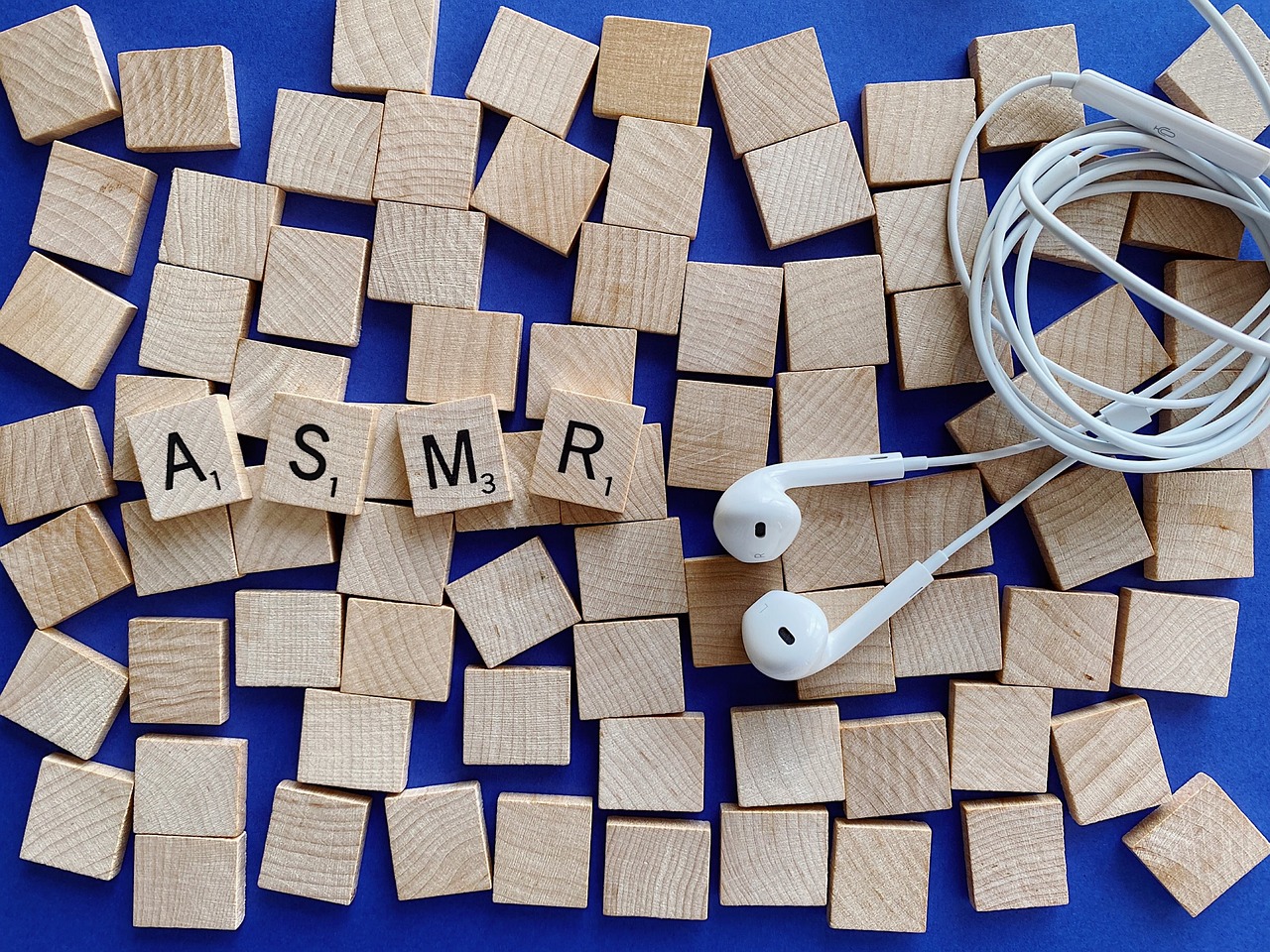The Societal Lens: Understanding the Surge of ASMR in Modern Culture
Introduction: Immerse yourself in the fascinating world of Autonomous Sensory Meridian Response (ASMR), a contemporary phenomenon that is reshaping our understanding of sensory experiences and human interaction. Read below to delve into the origins, societal implications, and cultural significance of this intriguing trend.

Unveiling the ASMR Phenomenon
Autonomous Sensory Meridian Response, known as ASMR, is a term coined in 2010 by cybersecurity professional Jennifer Allen. It describes a unique sensory experience characterized by a tingling sensation that typically begins in the scalp and moves down the spine. This sensory phenomenon, often triggered by specific auditory or visual stimuli, has been linked to relaxation and sleep-inducing effects. Despite being a relatively new term in the societal discourse, the sensation itself isn’t new—many people have been experiencing ASMR for much longer, without a name to call it.
The Rise of a Sensory Subculture
The rapid spread of digital platforms like YouTube has propelled ASMR into a global subculture. ASMR content creators, known as ASMRtists, utilize a variety of auditory and visual triggers to induce the sensation in viewers. These range from whispering and tapping noises to role-playing scenarios like haircuts or medical examinations. Interestingly, this digital subculture has led to the creation of a unique, intimate form of human interaction, a virtual space where sensory experiences are shared and appreciated.
ASMR: A Reflection of Modern Society
What does the rise of ASMR reveal about our society? First, it signals an increased societal awareness and exploration of sensory experiences. Additionally, ASMR’s popularity may be a response to the high-stress, fast-paced nature of modern life, offering an accessible form of relaxation and self-care. Furthermore, the ASMR community’s emphasis on empathy, connection, and non-sexual intimacy may reflect a broader cultural shift towards valuing emotional intelligence and nuanced understandings of human interaction.
Societal Implications and Future Directions
The ASMR phenomenon has far-reaching implications. It’s opening new avenues for mental health support, with research suggesting its potential therapeutic benefits for conditions like insomnia and anxiety. In the realm of marketing and advertising, brands are beginning to incorporate ASMR elements into their campaigns, tapping into this growing audience. Looking forward, as our understanding of ASMR deepens, it may continue to influence various societal domains and reshape our perceptions of sensory experiences.
In The ASMR Paradigm
In essence, the ASMR phenomenon represents a convergence of technological advancement, sensory exploration, and societal need for relaxation and connection. As we continue to navigate the complexities of modern society, ASMR and similar cultural shifts remind us of our shared human experiences, offering new perspectives on how we interact with our world and each other.
In this rapidly evolving societal landscape, staying attuned to such trends can enrich our understanding of human behavior and societal change. As we’ve seen with ASMR, sometimes, the most profound insights into our society come from unexpected places.




